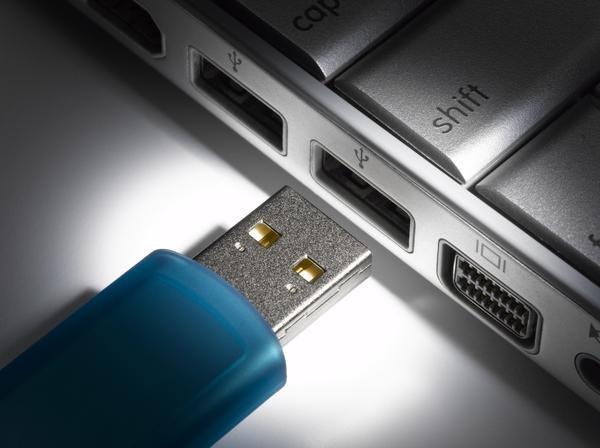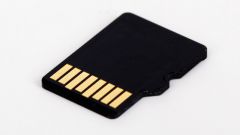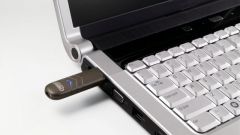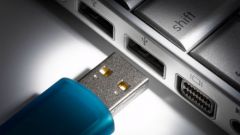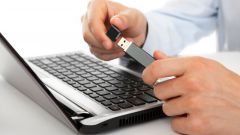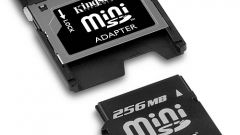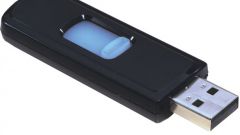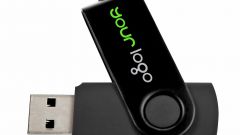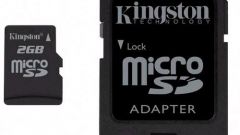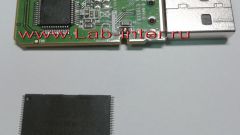Instruction
1
To check the stick a standard feature of Windows, double-click on the icon "My computer" and right click on the icon of the flash memory. In the context menu select "Properties", go to the tab "Tools" and click "validate". In the new window check the options "Automatically fix file system errors" and "scan for and attempt recovery of bad sectors". Click "Run".
2
You can check the flash drive using the Windows command prompt. Press Win+R and type in run box cmd programs, and then click OK. In the command prompt window write "chkdsk m: /f /r". Instead of m put the name of the logical drive. Chkdsk with the f key looks for and corrects system errors on the disk, and r marks the broken sectors and restores their contents.
3
If the flash is working properly, then the result will be a message "Windows has checked the file system and found no problems. No further action is required." If problems are detected, the command will ask you to confirm the action. The chkdsk utility does not damage the information on the drive during the verify and restore damaged areas.
4
Check the flash drive by using third-party programs. Download archive utility free Check Flesh, unzip and run by double-clicking the file chkflsh.exe. This program erases the data when testing, so valuable information may want to move to another carrier.
5
In the commands window under "access Type" set "As physical device". In the list Disk select the logical name of your stick. Under "Action" select "read Stability" and "Duration" set the number of cycles of the control stick.
6
Click "start" to begin the test. Go to the tab "Map drive" to see in the preview window the test result. Good sectors are marked in blue, damaged, yellow and red. In the tab "Legend" proposed explanations for the symbols. After checking all error messages are placed in a text file in the tab "Log".
7
With this program you can save and load an image of stick. The drive can be divided into logical partitions and they are under the same operation over the entire drive. To do this in the Actions section simply select the relevant option.
